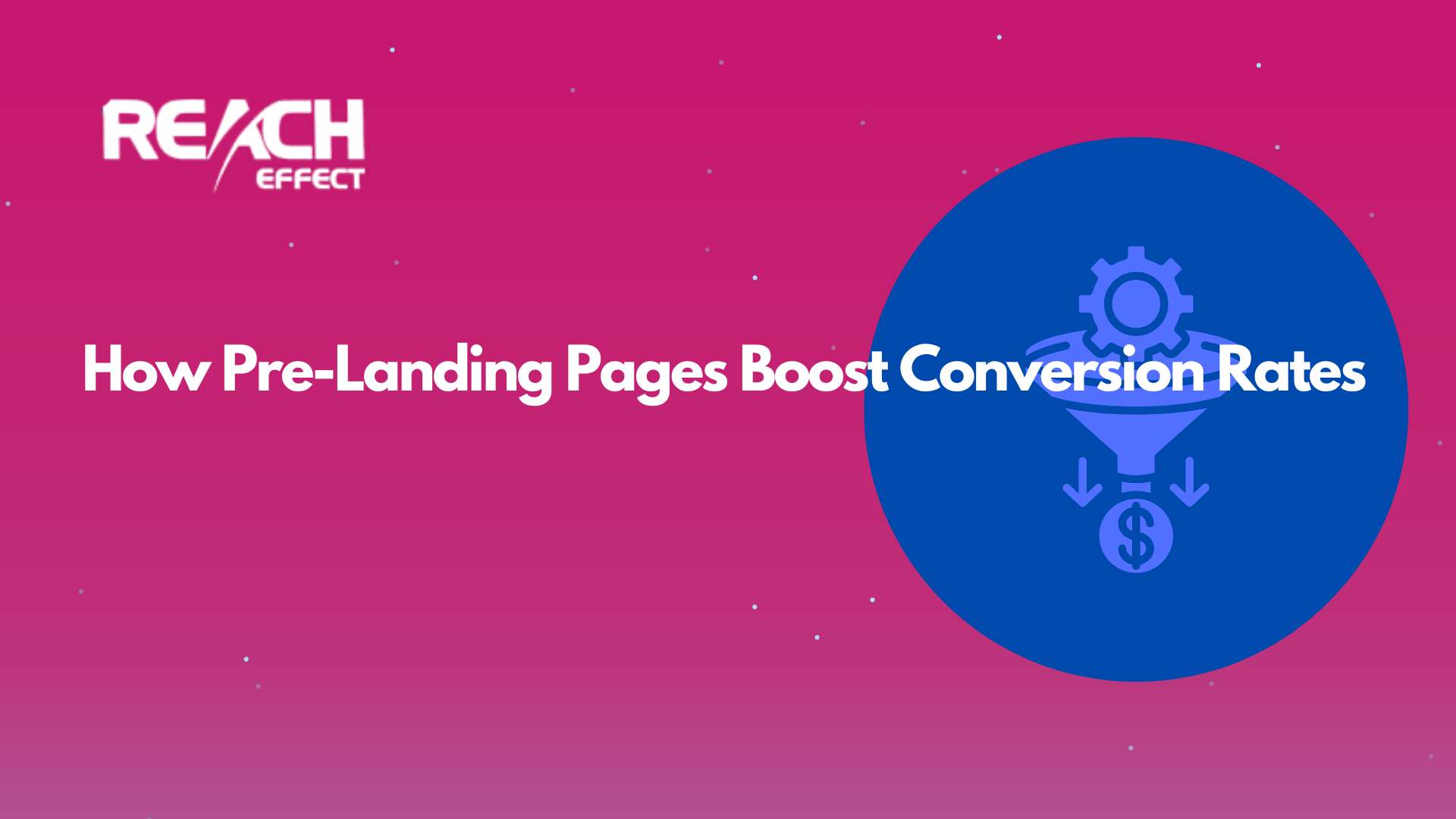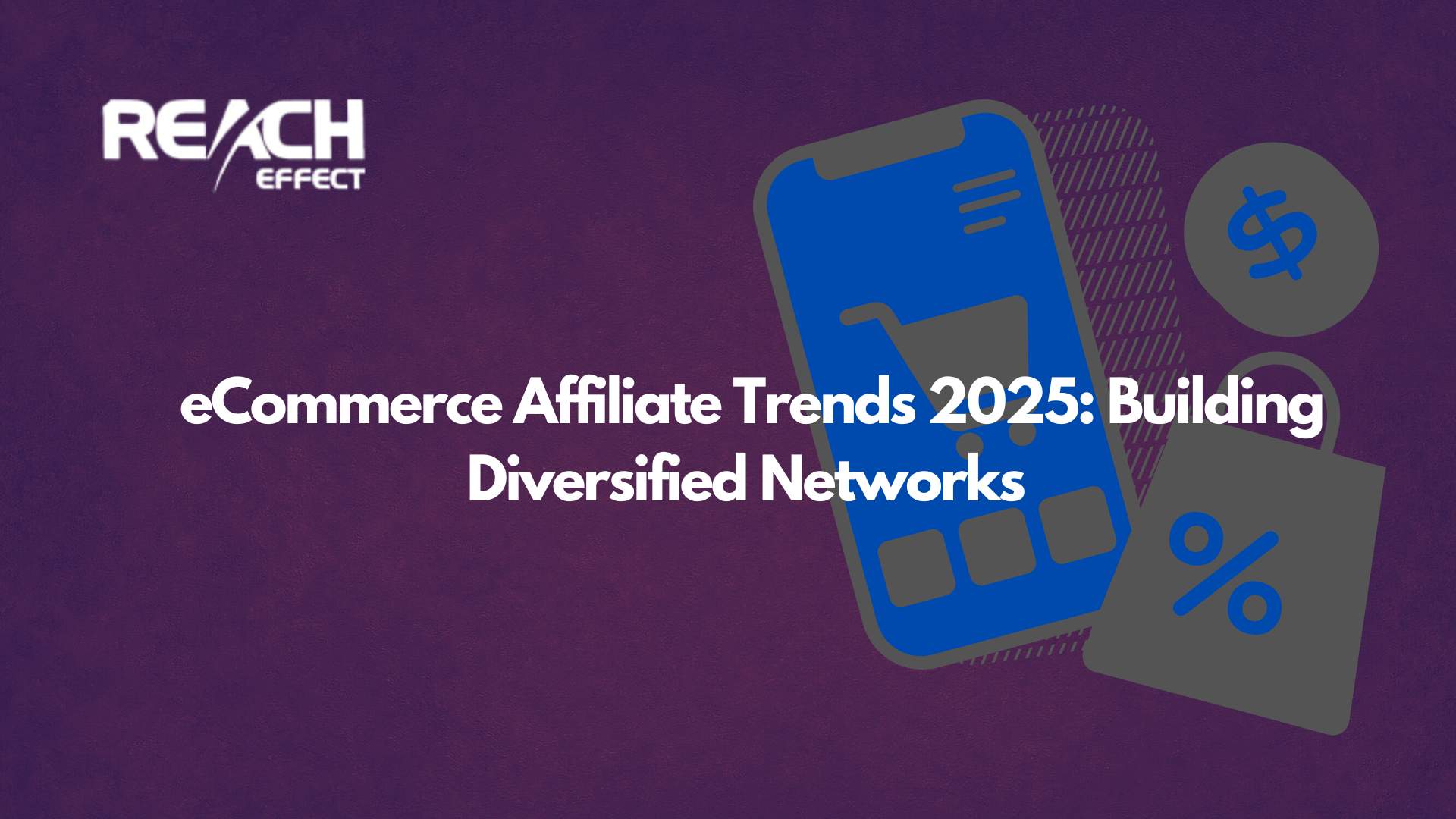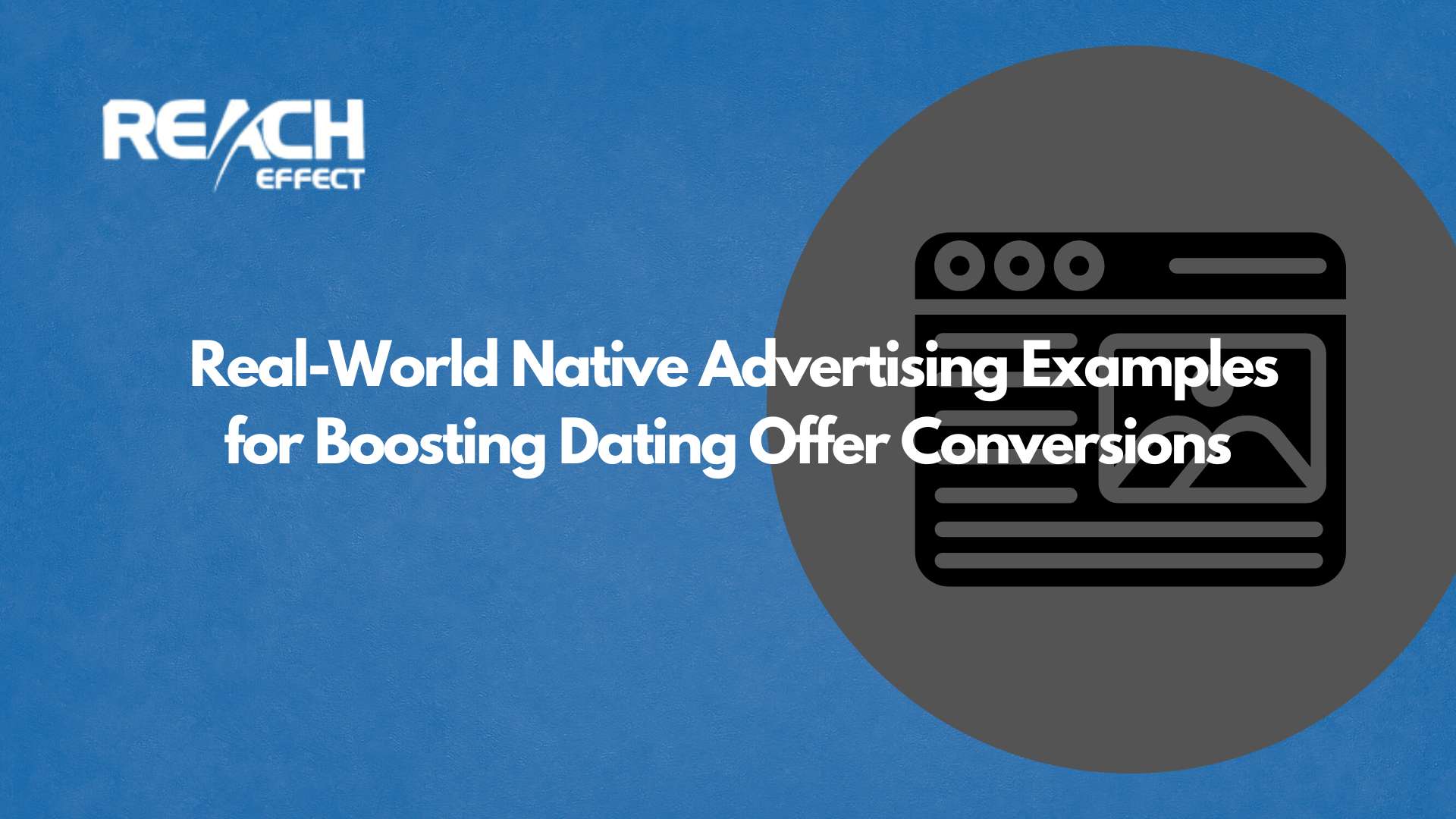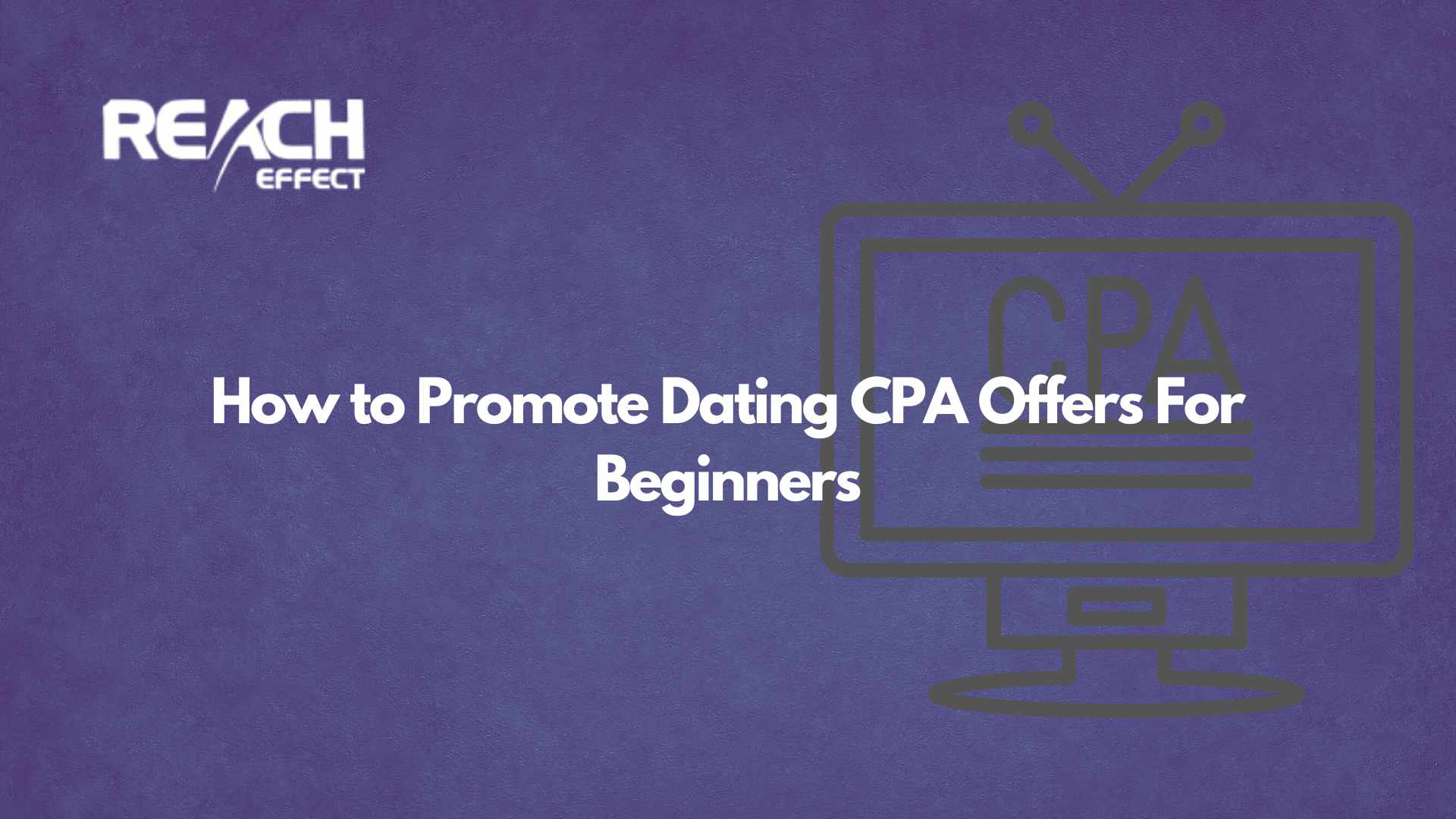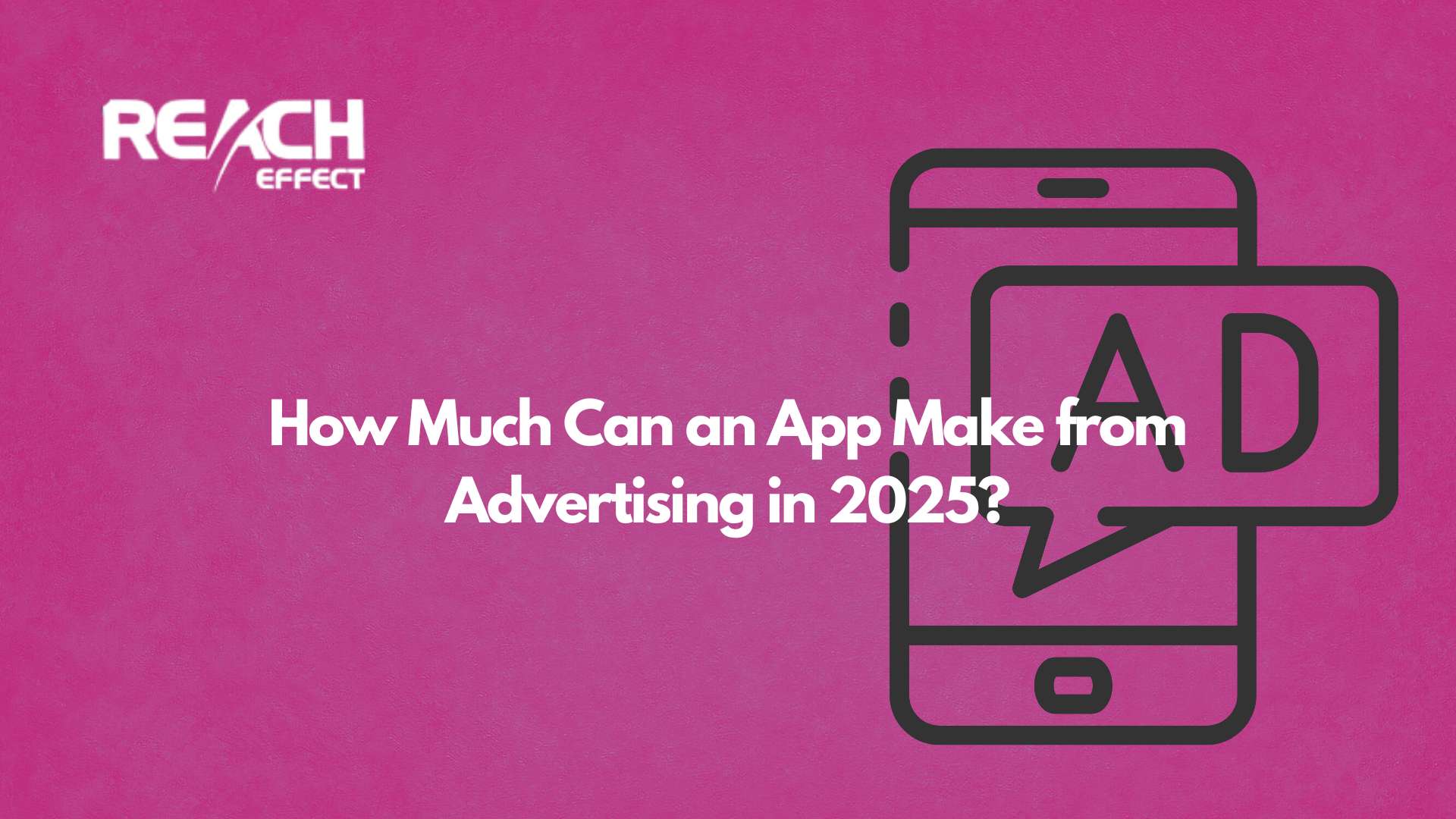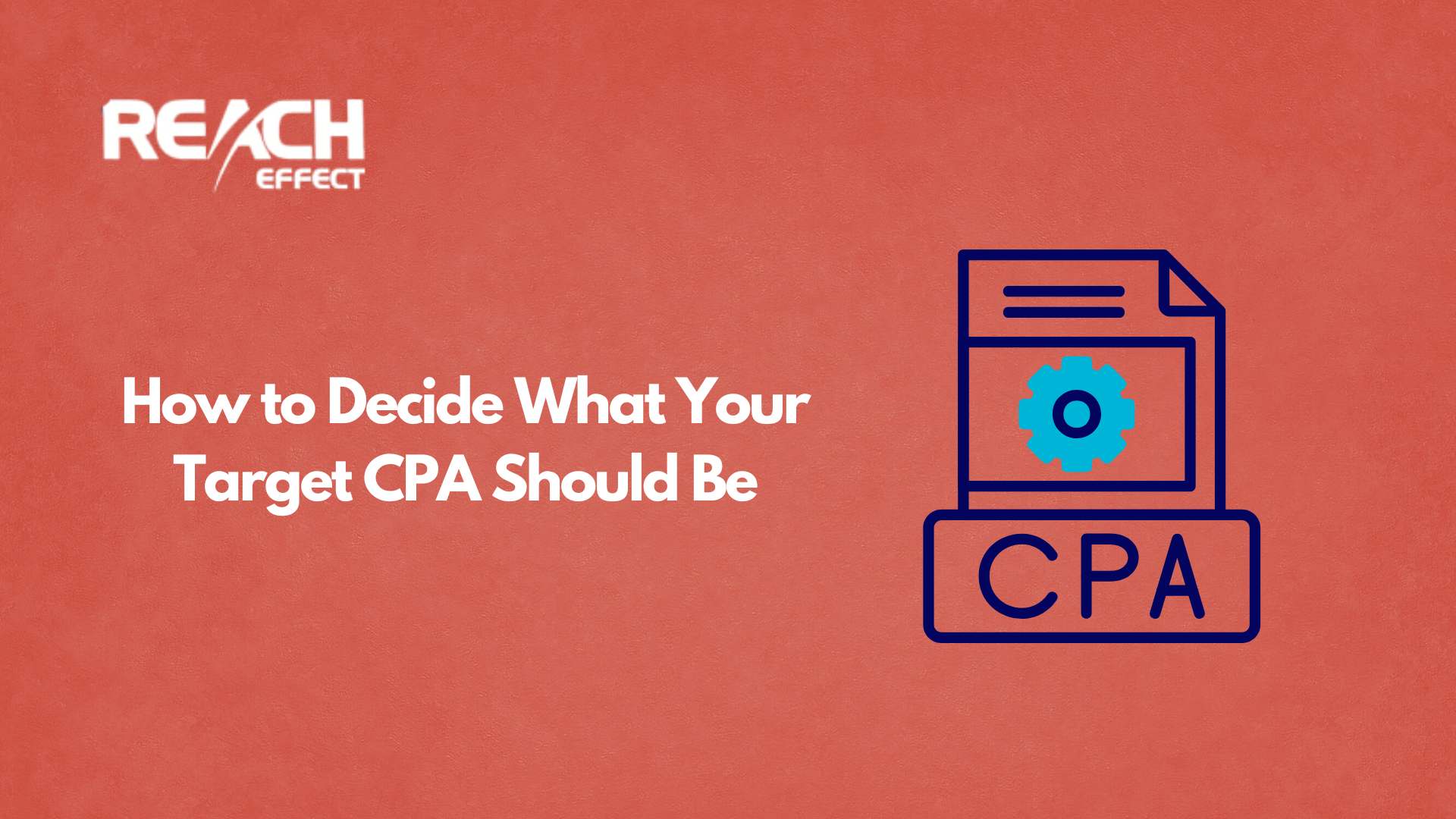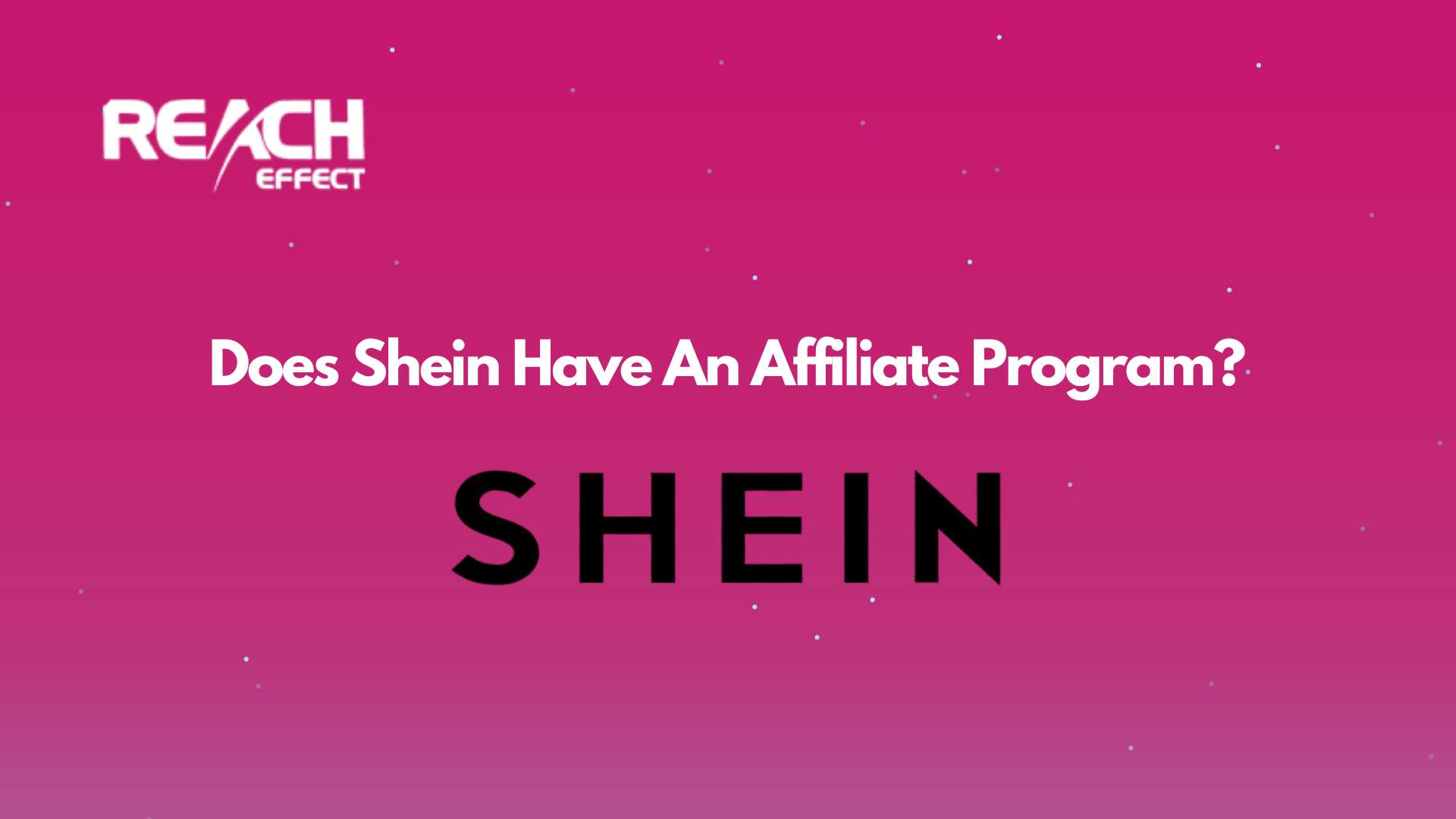I’ve spent years testing different approaches to digital advertising, and one strategy consistently stands out for its ability to transform mediocre campaigns into high-performing ones. I’m talking about pre-landing pages, that often overlooked step between your ad and your offer that can make or break your conversion rates.
Thank you for reading this post, don't forget to subscribe!When I first started experimenting with pre-landing pages at Reacheffect, I was skeptical. Why add another step? Won’t it just slow people down? But the results spoke for themselves. Depending on the vertical, pre-landing pages can increase conversion rates, with some campaigns seeing even more dramatic improvements.
What Exactly Are Pre-Landing Pages?
Before we dive into the benefits, I should clarify what we’re talking about here. A pre-landing page sits between your advertisement and your main landing page. Think of it as a warm-up act before the main show. While your landing page is designed to close the deal and capture conversions, the pre-landing page prepares visitors for what’s coming.
The typical flow looks like this: Advertisement → Pre-Landing Page → Landing Page → Conversion
Pre-landing pages consist of photo, video, or audio materials, clear calls-to-action, and interactive elements that help users understand the upcoming offer and explore it step-by-step. They’re not trying to sell directly. Instead, they’re building interest, trust, and context.
Why Pre-Landing Pages Work So Well
They Filter Your Traffic
One of the biggest advantages I’ve noticed is how pre-landing pages naturally filter out unqualified visitors. When users interact with a pre-lander, the landing page mainly receives an audience potentially ready to perform the target action, whether that’s ordering a product, downloading an application, or subscribing to a service.
This filtering effect might seem counterintuitive at first. After all, you’re adding friction to the process. But here’s the thing: you want that friction. Better to lose uninterested visitors early than waste server resources and skew your analytics with bounce rates from people who were never going to convert anyway.
They Build Context and Trust
Pre-landing pages don’t have an advertising or commercial appearance, which helps build trust. Instead of hitting visitors with a hard sell immediately after they click your ad, you’re giving them valuable information, social proof, or entertainment.
I’ve found this approach particularly effective for complex products or services. When people need more information before making a decision, a pre-landing page gives you the space to educate without overwhelming your main landing page.
They Address Objections Early
Every product or service has common objections. Price concerns, skepticism about results, comparison with competitors. Pre-landing pages let you tackle these head-on before visitors even reach your main offer.
By addressing doubts early in the funnel, you ensure that people arriving at your landing page are already past their initial hesitations. They’re primed and ready to take action.
What Are Pre-Landing Pages?
The Strategic Benefits You Need to Know
Improved Quality of Leads
Pre-landing pages eliminate untargeted traffic because the audience is more likely to understand the main idea of the offer and what to expect next, resulting in increased conversions from already interested users.
When I analyze campaigns at Reacheffect, the difference in lead quality between direct linking and using pre-landing pages is striking. The latter consistently delivers leads that are more engaged, better informed, and more likely to convert into paying customers.
Multiple Angles for Different Audiences
Not everyone responds to the same message. Some people need statistics and facts. Others want emotional stories and testimonials. Pre-landing pages let you test different approaches without changing your main landing page.
You can create several pre-landing pages, each targeting a specific segment of your audience:
- One focused on price and value for budget-conscious shoppers
- Another highlighting premium features for quality-seekers
- A third using testimonials and social proof for skeptics
This flexibility is invaluable when running campaigns across different demographics or traffic sources.
Better Ad Approval Rates
Here’s a practical benefit that surprises many people. Pre-landers can help pass moderation when promoting products from restricted categories. While a direct link to certain offers might get rejected by ad platforms, a pre-landing page with informational content often sails through approval.
This doesn’t mean trying to trick anyone. It means presenting your offer in a way that’s compliant with platform policies while still effectively moving people toward conversion.
Advertise With The Reacheffect Ad Network
Get TrafficTypes of Pre-Landing Pages That Convert
Story-Based Pre-Landers
Storytelling uses cases and stories to encourage the target audience to perform the intended action by telling users an interesting story about your product. I’ve seen incredible results with narrative-driven pre-landing pages that follow a simple structure:
The problem (before using the product) → The discovery (finding the solution) → The transformation (results after using it) → The invitation (try it yourself)
These work particularly well for health, beauty, and personal development offers where transformation is key.
Review and Comparison Pages
You can create pre-landing pages consisting mostly of reviews and ratings from other users. These are powerful for building credibility, especially when targeting skeptical audiences.
I like to structure these with a mix of detailed testimonials, star ratings, and before-and-after comparisons. The key is authenticity. People can spot fake reviews from a mile away.
Video Pre-Landers
Video pre-landers describe the product, its features, or explain how to start using it, demonstrating main points so audiences have a clear picture before transitioning to the landing page.
Video pre-landing pages tend to have higher engagement rates because they’re more immersive. A well-produced video can convey emotion, demonstrate products in action, and build trust faster than text alone.
Interactive Quiz Pre-Landers
These have become increasingly popular in recent years. By asking visitors a few questions about their needs or preferences, you accomplish two things: you engage them actively in the process, and you gather data that helps personalize their experience on the landing page.
4 Types That Convert
Essential Elements Every Pre-Landing Page Needs
After testing countless variations, I’ve identified the core elements that high-converting pre-landing pages share:
Attention-Grabbing Headlines
Your headline needs to continue the promise made in your ad. If someone clicked because your ad said “Lose 10 Pounds in 30 Days,” your pre-landing page headline better relate to that promise.
Engaging Visual Content
Upload top-quality pictures only. Blurry or amateurish images destroy credibility instantly. Invest in high-quality visuals that support your message.
Clear Call-to-Action
Besides being informative, pre-landers must lead to an exact place, making sure users don’t get confused when navigating through your funnel. Your CTA should be specific. Instead of generic “Learn More” buttons, try “See How It Works” or “Get Your Personalized Plan.”
Social Proof
To increase audience loyalty, include product reviews, cases and stories, customer trust elements like certificates, guarantees, and interviews with reputable personalities. This social validation is crucial for overcoming skepticism.
Fast Loading Speed
Pre-landers must load fast to hold user attention. Every second of delay costs you conversions. Optimize images, minimize code, and use content delivery networks to ensure your page loads quickly across all devices.
Avoiding Common Pre-Landing Page Mistakes
Over the years, I’ve seen plenty of poorly executed pre-landing pages. Here are the mistakes to avoid:
Don’t Spam With Links
Don’t spam with links as it is useless and confusing. Your pre-landing page should have one clear path forward. Multiple competing CTAs create confusion and reduce conversions.
Avoid Outdated Design
Don’t create a website that looks like it was made in the early 90s. Modern, clean design builds trust. Outdated design suggests an outdated or scammy offer.
Don’t Forget Mobile Optimization
Most users prefer to receive information from mobile devices, so adapt the page for different types of devices. A pre-landing page that works beautifully on desktop but breaks on mobile is essentially worthless in today’s mobile-first world.
Never Mislead
Using irrelevant pre-landers to attract irrelevant traffic is considered an unethical practice. Your ad, pre-lander, and offer page should all align. Bait-and-switch tactics might get clicks, but they destroy trust and tank your conversion rates.
The Future of Pre-Landing Pages
As advertising platforms become more sophisticated and users more skeptical, I believe pre-landing pages will become increasingly important. The days of driving cold traffic directly to aggressive sales pages are fading. Modern consumers expect and deserve better.
The key is thinking of your pre-landing page not as a manipulation tool, but as a service to your audience. You’re helping them make better decisions by providing context, answering questions, and building trust. When approached this way, pre-landing pages become a win-win: better results for you, better experience for your visitors.
Pre-landing pages represent one of those rare opportunities in digital marketing where adding complexity actually improves results. By giving yourself space to tell a better story, address objections, and qualify your traffic, you set up both your landing page and your visitors for success.

